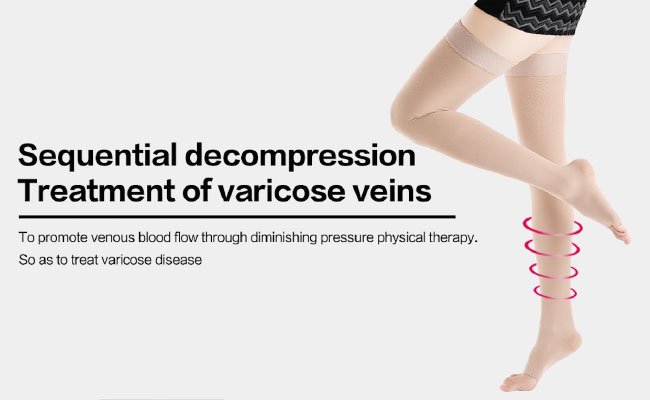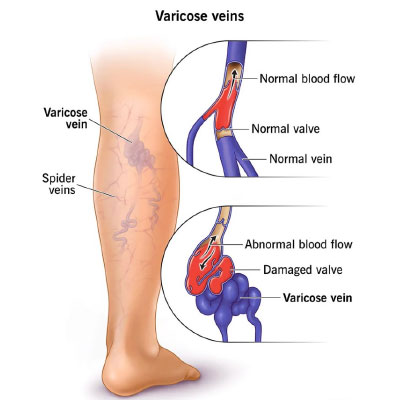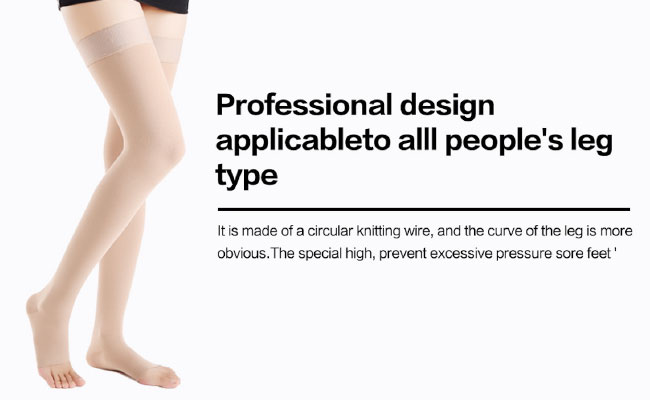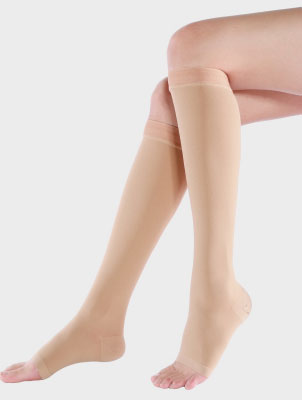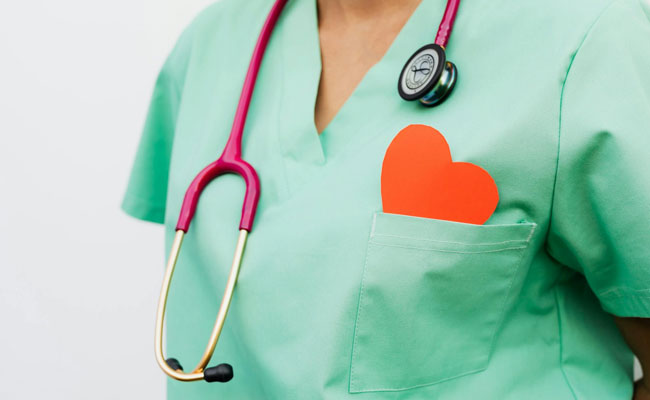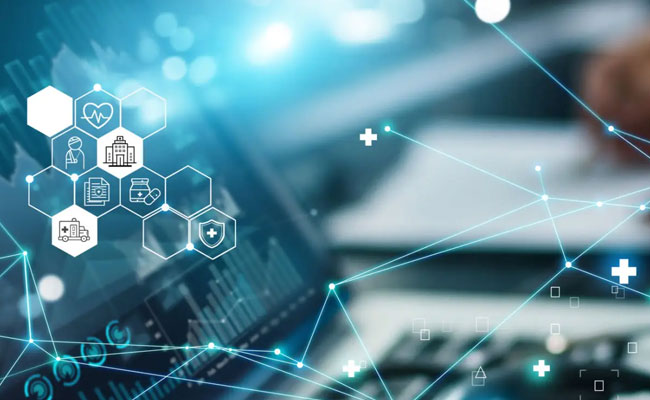
Can Soap Affect Blood Sugar Readings?
2022-11-02
Protect Your Health with High-tech Accurate Monitors
2022-11-22Varicose Veins
Varicose veins are swollen blood vessels that appear just under your skin’s surface in your lower body. When your vein walls are weak and your valves aren’t working right, blood backs up in your vein. This causes the blue and purple bulges you see on your legs, feet or ankles. Several treatment options can work, but varicose veins can return.
What are varicose veins?
Varicose veins are swollen, twisted blood vessels that bulge just under your skin’s surface. These blue or purple bulges usually appear in your legs, feet and ankles. They can be painful or itchy. Spider veins, which may surround varicose veins, are smaller red or purple lines that appear close to your skin’s surface.
Although they can be unsightly and uncomfortable, varicose veins aren’t dangerous for most people. In some cases, severe varicose veins can lead to serious health problems, such as blood clots. You can relieve most varicose vein symptoms at home or your healthcare provider can treat them with injections, laser therapy or surgery.
Who is likely to get varicose veins?
Anyone can develop varicose veins. Certain factors increase your chances of developing varicose veins, including:
Age: Because of the aging process, vein walls and valves don’t work as well as they once did. Veins lose elasticity and stiffen.
Gender: Female hormones can allow the walls of the veins to stretch. People who are pregnant, taking the birth control pill or going through menopause have a higher risk of varicose veins because of changes in hormone levels.
Family history: This condition can be inherited (runs in families).
Lifestyle: Standing or sitting for long periods decreases circulation. Wearing restrictive clothing, such as girdles or pants with tight waistbands can decrease blood flow.
Overall health: Certain health conditions, such as severe constipation or certain tumors, increase pressure in the veins.
Tobacco use: People who use tobacco products are more likely to develop varicose veins.
Weight: Excess weight puts pressure on blood vessels.
How common are varicose veins?
Varicose veins are very common. Around 1/3 of all adults have varicose veins. They are more common in people assigned female at birth than in people assigned male at birth.
What are the symptoms of varicose veins?
The most recognizable sign of varicose veins is a gnarled, blue or purple vein just under your skin’s surface. Symptoms include:
Bulging veins: Twisted, swollen, rope-like veins are often blue or purple. They appear just below the surface of the skin on your legs, ankles and feet. They can develop in clusters. Tiny red or blue lines (spider veins) may appear nearby.
Heavy legs: Muscles in your legs may feel tired, heavy or sluggish, especially after physical activity.
Itching: The area around varicose veins may itch.
Pain: Legs may be painful, achy or sore, especially behind your knees. You might have muscle cramps.
Swelling: Your legs, ankles and feet can swell and throb.
Skin discolorations and ulcers: If left untreated, varicose veins can cause brown discolorations on your skin. Severe varicose veins can cause venous ulcers (sores) on your skin.
Where do varicose veins usually appear?
Most often, varicose veins develop on the lower half of your body, usually on your calves, ankles and feet. They can also develop in the pelvic area (pelvic congestion syndrome), especially in people who have had children. Varicose veins in the testicles (varicocele) can lead to infertility.
What causes varicose veins?
Varicose veins occur when the walls of your veins weaken. As blood pressure in your vein increases, the weakened walls allow your vein to get bigger. As your vein stretches, the valves that keep blood moving in one direction in your vein can’t work like they should. Sluggish blood backs up or pools in your vein, causing your vein to swell, bulge and twist.
Vein walls and valves can become weak for several reasons, including:
Hormones.
The aging process.
Excess weight.
Restrictive clothing.
Pressure inside the vein from standing for long periods.
How are varicose veins diagnosed?
Varicose veins are close to the surface of your skin and easy to see. Healthcare providers can diagnose the condition during a physical examination. They’ll feel your veins and examine them while you’re sitting and standing.
To see detailed images of your veins and check for complications, your provider may recommend an ultrasound. This safe, painless test uses sound waves to produce pictures of tissues inside your body. Ultrasounds can show blood clots and how your valves are working.
What is the treatment for varicose veins?
Although there isn’t a cure for varicose veins, these treatments can reduce their appearance and relieve discomfort:
Elevation: To increase blood flow and decrease pressure in your veins, you should elevate your legs above your waist several times throughout the day.
Elastic stockings: Supportive stockings or socks compress your veins and reduce discomfort. The compression stops your veins from stretching and helps blood flow.
Injection therapy (sclerotherapy): During sclerotherapy, a healthcare provider injects a solution into your vein. The solution causes the vein walls to stick together. Eventually, your vein turns into scar tissue and fades away.
Laser therapy: In a minimally invasive procedure called endovenous thermal ablation, healthcare providers use a catheter (a long, thin tube) and laser to close off a damaged vein.
Vein surgery: During these procedures, also called ligation and stripping, the surgeon ties off your affected vein (ligation) to stop blood from pooling. The surgeon may remove (strip) the vein to prevent varicose veins from reappearing.
How can I prevent varicose veins?
You may not be able to prevent varicose veins. You can reduce your chances of developing them by living an active, healthy lifestyle. Healthcare providers recommend many of the same measures to prevent and treat varicose veins:
Avoid long periods of standing: To encourage blood flow, take regular breaks to stretch and walk around, especially if you have a job that requires you to be on your feet.
Elevate your legs: Raising your feet above your waist helps blood flow to your heart.
Maintain a healthy weight: Getting rid of excess pounds reduces pressure inside your blood vessels.
Quit tobacco use: Smoking damages blood vessels, decreases blood flow and causes a wide range of health problems.
Stay active: To improve circulation, move frequently and avoid sitting still for prolonged periods.
Try compression stockings: Support socks and pantyhose compress your veins and help blood circulate, which can prevent varicose veins from getting worse.
Wear clothes that fit properly: To encourage blood flow, make sure your waistband isn’t too tight.

